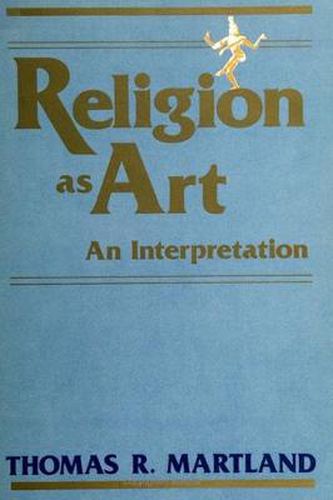Readings Newsletter
Become a Readings Member to make your shopping experience even easier.
Sign in or sign up for free!
You’re not far away from qualifying for FREE standard shipping within Australia
You’ve qualified for FREE standard shipping within Australia
The cart is loading…






Religion in its most authentic part is an art form. Religion does what art does. This idea is richly illustrated and supported by materials of diverse origin. The vast range of the author’s experience in the arts and in religious texts and works of aesthetics allows him to lay hold of a great mass of disparate material and to bring out new dimensions in all of it. He always has just the example he needs at his fingertips, a Tibetan Buddhist text next to a French impressionist painting and a remark about early Banogu counterpoint, and each example is seen in a new and interesting way. Through this gentle yoking together of heterogeneous materials, common roots are discovered. Most studies of art and religion describe and explain them as data. Thomas Martland identifies them as expressions of ideals and asks what they are when they are authentic rather than merely what they are when they are self-identified as art and religion. This is an identification through assessment, not an Aristotelian classification, and the means of assessment are provided.
$9.00 standard shipping within Australia
FREE standard shipping within Australia for orders over $100.00
Express & International shipping calculated at checkout
Religion in its most authentic part is an art form. Religion does what art does. This idea is richly illustrated and supported by materials of diverse origin. The vast range of the author’s experience in the arts and in religious texts and works of aesthetics allows him to lay hold of a great mass of disparate material and to bring out new dimensions in all of it. He always has just the example he needs at his fingertips, a Tibetan Buddhist text next to a French impressionist painting and a remark about early Banogu counterpoint, and each example is seen in a new and interesting way. Through this gentle yoking together of heterogeneous materials, common roots are discovered. Most studies of art and religion describe and explain them as data. Thomas Martland identifies them as expressions of ideals and asks what they are when they are authentic rather than merely what they are when they are self-identified as art and religion. This is an identification through assessment, not an Aristotelian classification, and the means of assessment are provided.